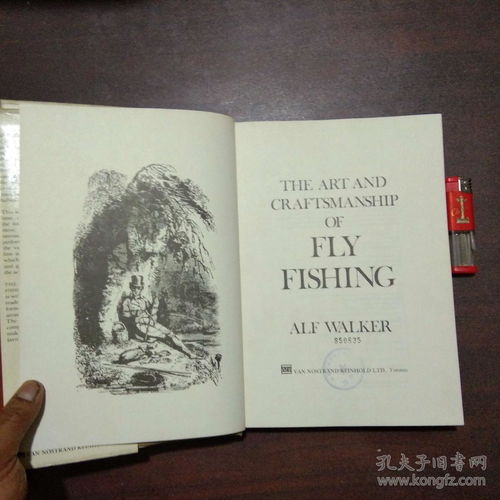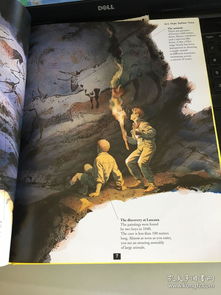Content:
Introduction: Fly fishing, an ancient art form that combines patience, skill, and a deep connection with nature, has captivated anglers for centuries. One of the fundamental skills every fly fisherman must master is the art of tying a fly rod. A well-bound fly rod can make all the difference between a successful catch and a frustrating day on the water. In this article, we will delve into the intricacies of how to tie a fly rod, ensuring that your equipment is as ready as you are for the great outdoors.
Choosing the Right Equipment: Before diving into the binding process, it's essential to gather the necessary equipment. Here's a list of items you'll need:
- Fly rod
- Fly line
- Leader
- Tippet
- Fly fishing reel
- Fly fishing rod holder
- Scissors
- Nippers
- Bobbin
- Fly fishing thread
Preparing the Fly Rod: Begin by holding the fly rod in your dominant hand and the fly line in your non-dominant hand. Make sure the rod is fully extended and the fly line is coiled neatly. The fly line should be positioned in the rod's tip section to avoid tangling.
Attaching the Fly Line to the Reel: Take the end of the fly line and loop it through the reel's line guide. Secure the loop by pulling it tight, ensuring that the line is in place and not prone to slipping. Next, attach the fly line to the reel's spool using the line's loop. Tighten the knot securely, but be cautious not to over-tighten it, as this may damage the line.

Preparing the Leader and Tippet: Cut a length of leader material that is suitable for your fishing conditions. The standard length is around 9 feet, but this can vary depending on the fish species and water type. Attach the leader to the fly line using a blood knot or a similar strong and reliable knot. Then, attach the tippet to the leader using a similar knot. The tippet length can vary, but a standard length is around 3 feet.
Tying the Fly Line to the Leader: Take the end of the fly line and thread it through the loop at the end of the leader. Once through, take the end of the fly line and thread it back through the loop, creating a loop in the fly line. Then, pass the end of the fly line through the loop again, forming a second loop. This technique is known as a loop-to-loop connection and ensures a strong and easy-to-release connection between the fly line and the leader.
Tying the Fly to the Leader: Select a fly that suits the fishing conditions and your desired presentation. Thread the hook of the fly through the loop at the end of the leader. If the fly has a body, thread the thread through the body and wrap it around the shank of the hook to secure it. Then, create a whip finish to secure the fly to the leader. Trim any excess thread and make sure the fly is securely attached.
Finishing Touches: Before casting your fly rod, double-check all the connections to ensure they are secure. Make sure the fly line, leader, and tippet are properly aligned and not prone to tangling. Adjust the rod's tip section to your desired length and test the casting by making a few practice casts.
Conclusion: Tying a fly rod is an essential skill for any fly fisherman. By following these step-by-step instructions, you can ensure that your equipment is properly set up and ready for action. Remember, practice makes perfect, so don't be afraid to experiment and refine your technique. With a well-bound fly rod, you'll be well on your way to experiencing the joys of fly fishing and reeling in some impressive catches. Happy fishing!












